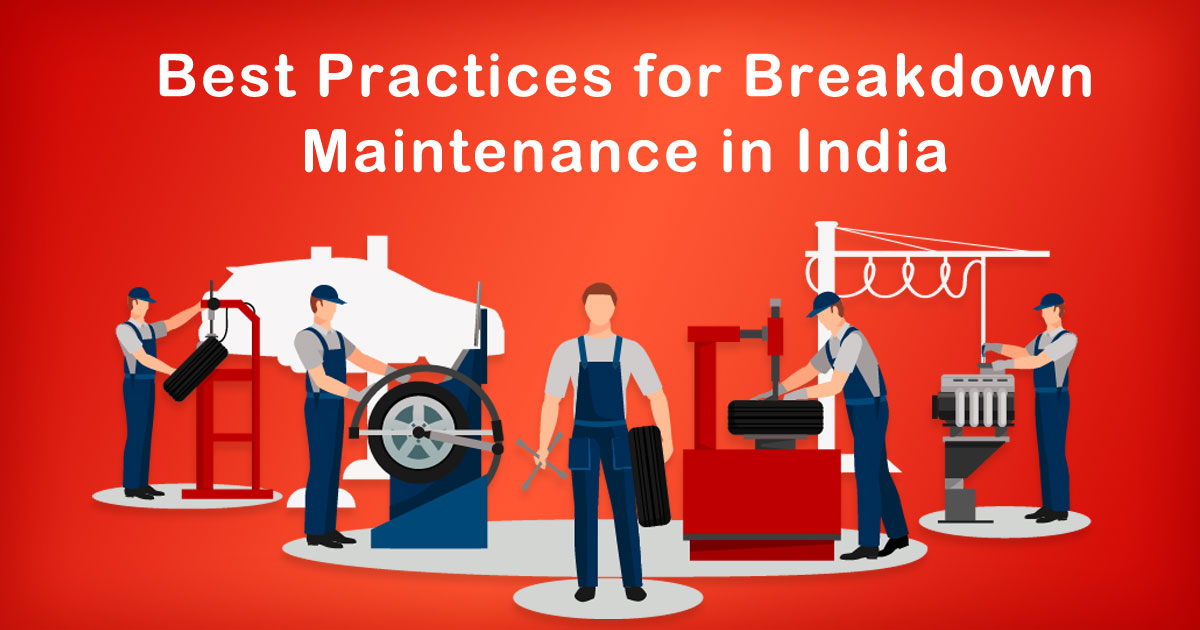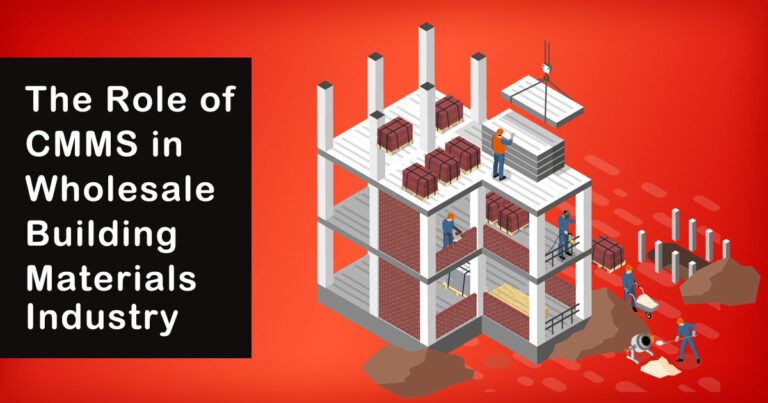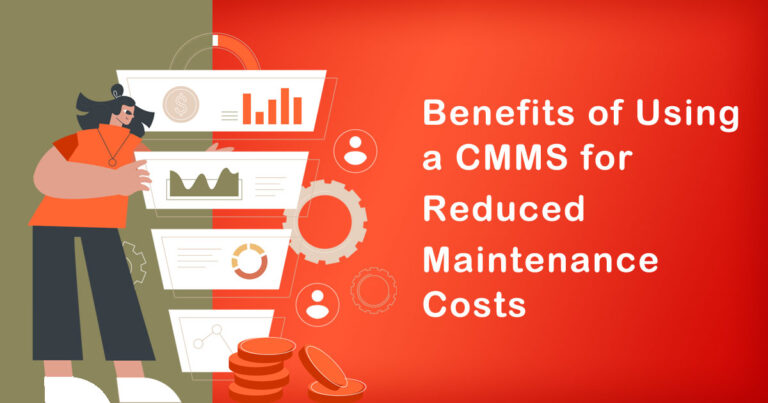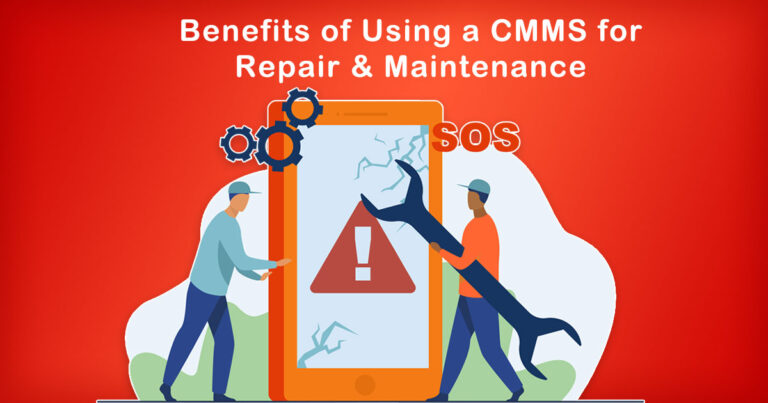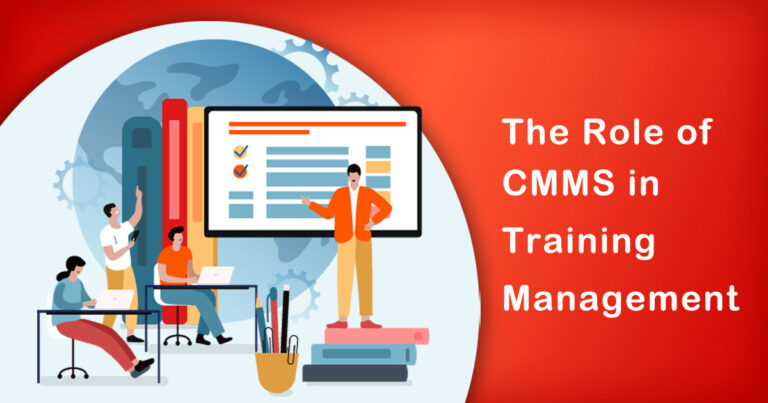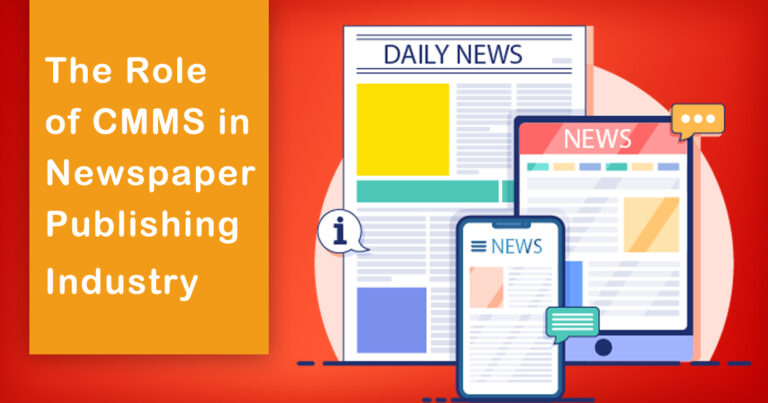Introduction
In the fast-paced world of industrial operations, maintaining the efficiency and productivity of machinery and equipment is crucial. One essential aspect of maintenance is breakdown maintenance, which focuses on addressing unexpected equipment failures. In this article, we will delve into the concept of breakdown maintenance, its significance in the Indian context, and its implications for businesses. By understanding the fundamentals of breakdown maintenance, organizations can develop effective strategies to minimize downtime and maximize productivity.
Understanding Breakdown Maintenance
Breakdown maintenance, also known as reactive maintenance or run-to-failure maintenance, involves repairing or replacing equipment only after it breaks down or fails to function properly. Unlike preventive maintenance, which follows a scheduled and proactive approach, breakdown maintenance occurs in response to an unplanned event.
While preventive maintenance aims to prevent failures and extend equipment lifespan through routine inspections and repairs, breakdown maintenance takes a different approach. It acknowledges that despite all precautions, machinery can still fail unexpectedly due to various factors such as wear and tear, age, or external influences. Breakdown maintenance focuses on repairing equipment swiftly to minimize downtime and restore operations.
Significance in the Indian Context
In the Indian industrial landscape, breakdown maintenance holds significant importance due to several reasons. First, India has a diverse range of industries, from manufacturing and agriculture to energy and transportation. Each sector heavily relies on machinery and equipment for smooth operations. Therefore, any unexpected breakdown can have severe consequences, leading to production losses, delayed shipments, and financial implications.
Second, many Indian organizations face challenges in implementing preventive maintenance due to factors such as budget constraints, lack of skilled technicians, and limited resources. In such cases, breakdown maintenance becomes a viable option, allowing companies to address failures promptly without incurring substantial upfront costs. However, it is crucial to note that while breakdown maintenance may offer short-term benefits, a lack of preventive measures can lead to increased equipment failure rates and higher long-term costs.
Implications for Businesses
Breakdown maintenance has both advantages and disadvantages for businesses. Let’s explore these implications further:
1. Downtime and Productivity Loss:
When machinery breaks down unexpectedly, it disrupts production processes, resulting in downtime and reduced productivity. The longer it takes to repair the equipment, the more severe the impact on business operations.
2. Cost Considerations:
Breakdown maintenance can initially seem cost-effective as it eliminates the need for routine inspections and repairs. However, frequent breakdowns can lead to higher costs in terms of emergency repairs, rush orders for spare parts, and overtime payments to technicians. Additionally, the financial implications of missed deadlines and dissatisfied customers should not be overlooked.
3. Safety and Environmental Concerns:
Unplanned equipment failures can pose safety risks for employees, leading to accidents or injuries. Moreover, some breakdowns may have environmental consequences, such as leaks or spills, which can result in regulatory violations and penalties.
4. Equipment Lifespan:
Continuous breakdowns and reactive repairs can shorten the lifespan of machinery. Without proper maintenance and care, equipment components may deteriorate further, reducing their overall efficiency and longevity.
Mitigating the Impact
While breakdown maintenance cannot be completely eliminated, organizations can adopt measures to mitigate its negative impact:
1. Implement a Maintenance Management System:
Use a computerized maintenance management system (CMMS) to track equipment performance, schedule routine inspections, and plan preventive maintenance. This approach helps identify potential issues before they escalate into breakdowns.
2. Conduct Root Cause Analysis:
Analyze breakdown incidents to identify the underlying causes. By addressing these root causes, organizations can implement corrective actions to minimize future breakdowns.
3. Train and Empower Technicians:
Invest in training programs to enhance the skills of maintenance technicians. Skilled technicians can effectively troubleshoot and repair equipment, reducing the downtime associated with breakdowns.
4. Establish Spare Parts Inventory:
Maintain a well-stocked inventory of critical spare parts to ensure prompt repairs. This helps minimize delays caused by waiting for spare parts to arrive.
Conclusion
Breakdown maintenance plays a significant role in the Indian industrial landscape, where unexpected equipment failures can have severe consequences. While it provides a quick solution to resume operations, it is essential for organizations to strike a balance between reactive and proactive maintenance approaches. By adopting a comprehensive maintenance strategy that incorporates preventive measures and continuous improvement, businesses can minimize downtime, optimize productivity, and ensure long-term success in a highly competitive market.


